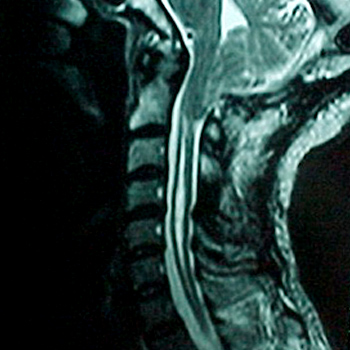Abstract
Arnold–Chiari malformation is defined as downward displacement of the brainstem and cerebellum through the foramen magnum. It hasdifferent clinical presentations and four subtypes. It is known that downward migration of posterior fossa components through the foramen magnum and associated lower cranial nerve palsy and brainstem compression can cause respiratory failure. Acute respiratory failure could mark the onset of thedisease. Posterior fossa decompression performed to treat primary disease can improve the central sleep abnormalities. As respiratory failure is rarely seen, this paper presents two cases of Arnold–Chiari malformation with respiratory failure.
References

Views: 923
HTML downloads: 747
PDF downloads: 1963
cover letter downloads: 0
cover letter downloads: 0
Figure 1 downloads: 0
Figure 2 downloads: 0
Conflicts of Interests Disclosure 1 downloads: 0
Conflicts of Interest Disclosure 2 downloads: 0
Conflicts of Interest Disclosure 3 downloads: 0
Copyright downloads: 0
Published:
2014-03-17
Issue:
Vol. 1 (2014)
(view)










